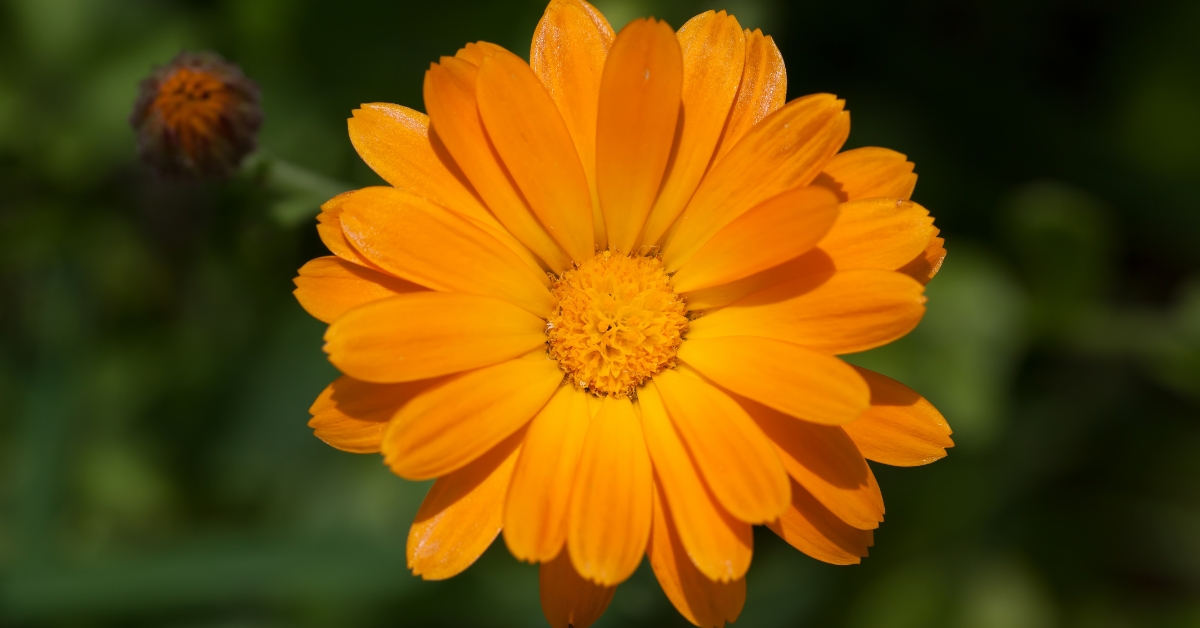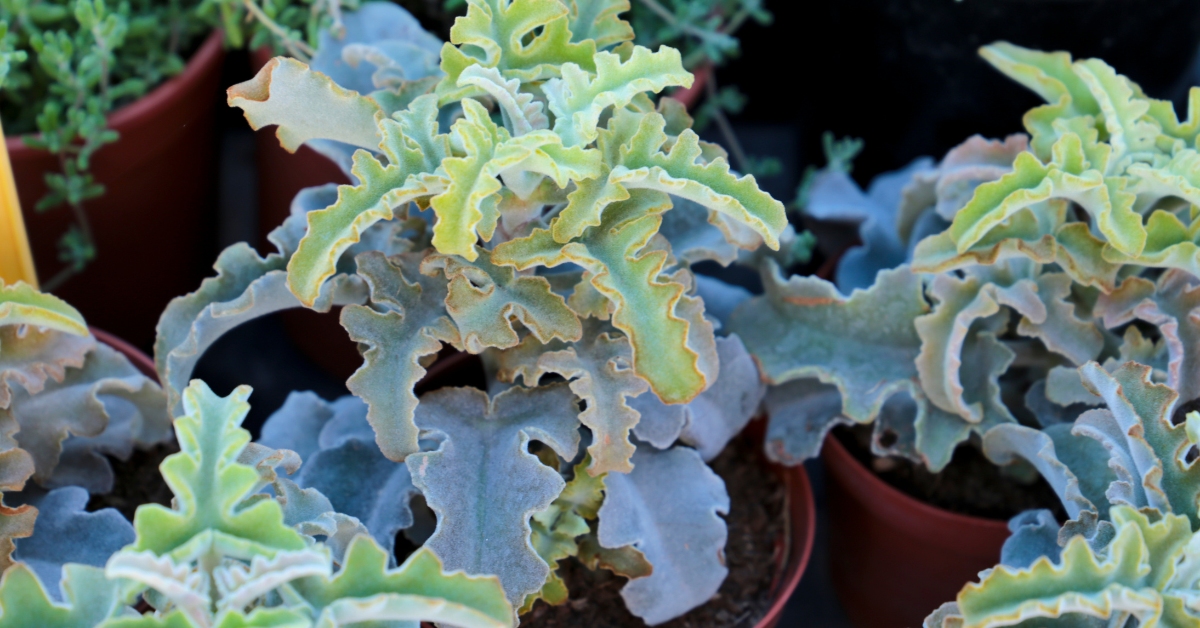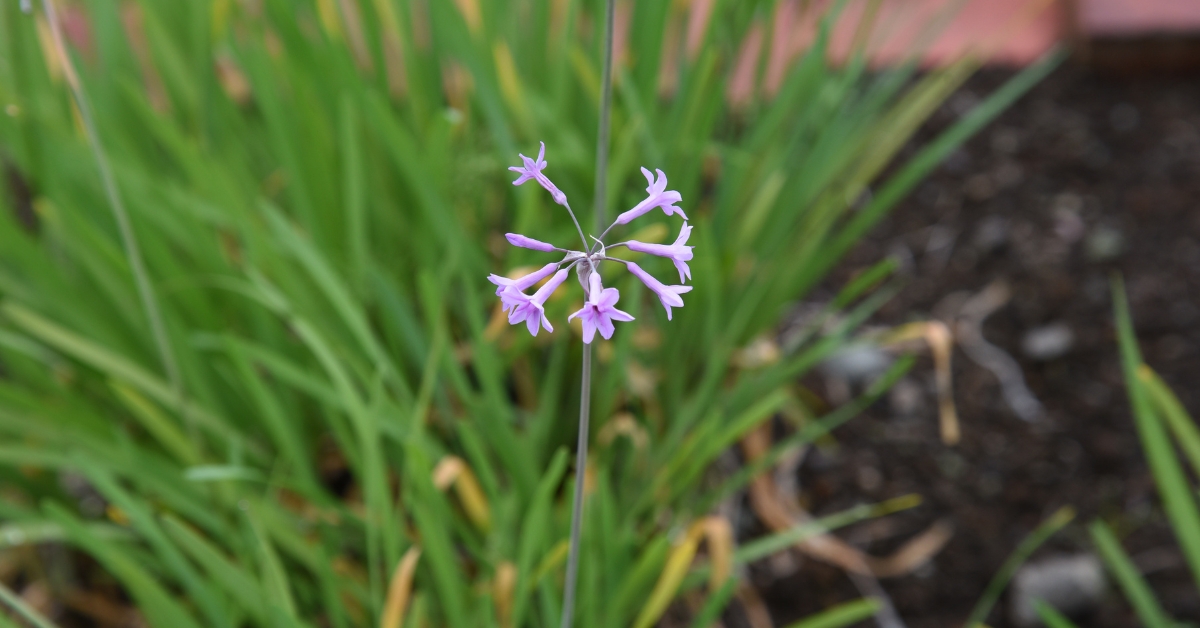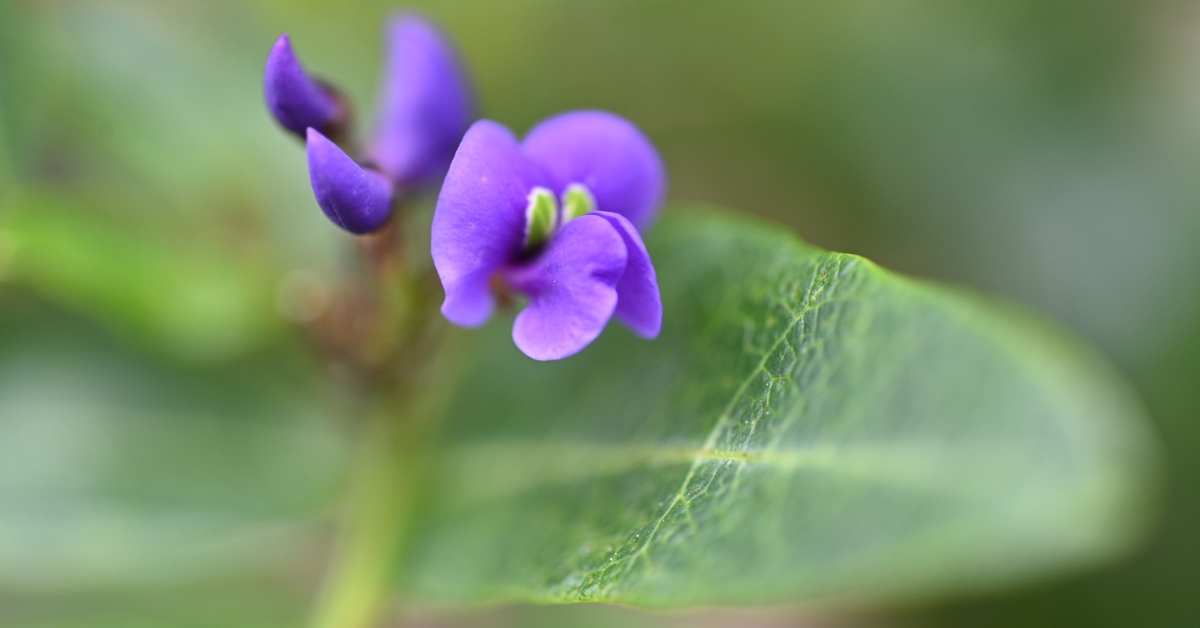Pot marigold, also known as Calendula officinalis, is one of those plants that manages to be both ornamental and practical. With its golden to deep-orange daisy-like blooms, this hardy annual has been used for centuries in gardens and herbal remedies. I first planted pot marigold in a small border patch by my kitchen window, and it quickly became a garden staple—not just for its color, but also for its resilience and versatility.
Whether you’re growing it for beauty, pollinators, or its medicinal benefits, pot marigold is easy to love and even easier to grow.
Plant Details at a Glance
| Feature | Details |
|---|---|
| Available Colors | Yellow, orange, peach, cream |
| Bloom Time | Early spring to late fall |
| Height Range | 12 to 24 inches |
| Space Range | 8 to 12 inches apart |
| Temperature Range | 50–80°F (tolerates light frost) |
| Plant Light | Full sun to partial shade |
| Companion Plants | Tomatoes, carrots, basil, chives |
Getting to Know Pot Marigold
Unlike French or African marigolds, pot marigold belongs to the genus Calendula and is native to southern Europe. Its petals are edible, its flowers attract pollinators, and its dried blooms are commonly used in herbal salves and teas. Pot marigold has soft, sticky leaves and branching stems topped with large blooms that close during cloudy weather or at night.
What I love most is how it fills empty corners of the garden while helping deter pests. Plus, you can use the petals to garnish a salad or steep them in hot water for a calming tea. It’s rare to find a plant that’s this functional and pretty.
Sunlight and Placement
Pot marigold prefers full sun, though it will tolerate partial shade, especially in hotter regions. In my zone 7 garden, I find that it blooms best in the morning sun with some light shade in the afternoon. If planted too deep in shade, it may produce more leaves than flowers.
It works well in garden beds, borders, containers, and even window boxes. It’s also an excellent companion plant in vegetable gardens where it attracts beneficial insects and repels pests like aphids and whiteflies.
Soil and Watering Needs
This plant is not fussy about soil but performs best in well-drained, moderately fertile soil. I usually add a bit of compost before planting to give it a healthy start. Avoid overly rich soil, which can reduce flower production.
Water regularly, especially in dry periods, but don’t overdo it. The soil should remain moist but not soggy. I water my pot marigold every 3–4 days during peak summer unless it rains.
Growing From Seed
One of the easiest plants to grow from seed, pot marigold can be direct-sown in the garden after the last frost. I scatter seeds in early spring, press them gently into the soil, and they start sprouting within a week or two. You can also start them indoors 4–6 weeks before your last frost date.
Deadheading spent flowers encourages continuous blooming, and the plant often self-seeds if allowed to go to seed naturally. I’ve had several “volunteer” calendulas return each year just from letting a few flowers mature and drop seeds.
Pest and Disease Resistance
Pot marigold is generally low-maintenance and resistant to most pests. Occasionally, you might notice aphids or powdery mildew, especially in humid conditions. I usually wash aphids off with a gentle spray of water or use neem oil if needed.
It’s also worth noting that calendula leaves can get sticky, which is normal. Just wear gloves when deadheading if that bothers you.
Harvesting and Uses
You can harvest flowers once they’re fully open. To dry them, I spread them out on a paper towel in a shaded, well-ventilated spot. Dried petals are great for homemade creams, infused oils, or herbal teas. I’ve made a simple calendula balm for skin irritation using dried flowers and coconut oil—it’s incredibly soothing.
The fresh petals can also be sprinkled into salads, stirred into rice dishes, or used to color butter. Their slightly bitter flavor adds both color and interest.
Companion Plant Benefits
In vegetable gardens, calendula is a natural pest deterrent and pollinator magnet. I often plant it near tomatoes and carrots, as it helps repel nematodes and aphids. It also complements herbs like basil and chives, which benefit from its insect-repelling properties.
Final Thoughts
Pot marigold is more than just a pretty face. It’s a multipurpose plant that deserves a place in every garden—whether you’re growing vegetables, flowers, or herbs. It’s easy to grow, brightens up the garden, and offers plenty of benefits beyond its beauty. From tea to salves to natural pest control, calendula is one of those plants I never want to be without.




